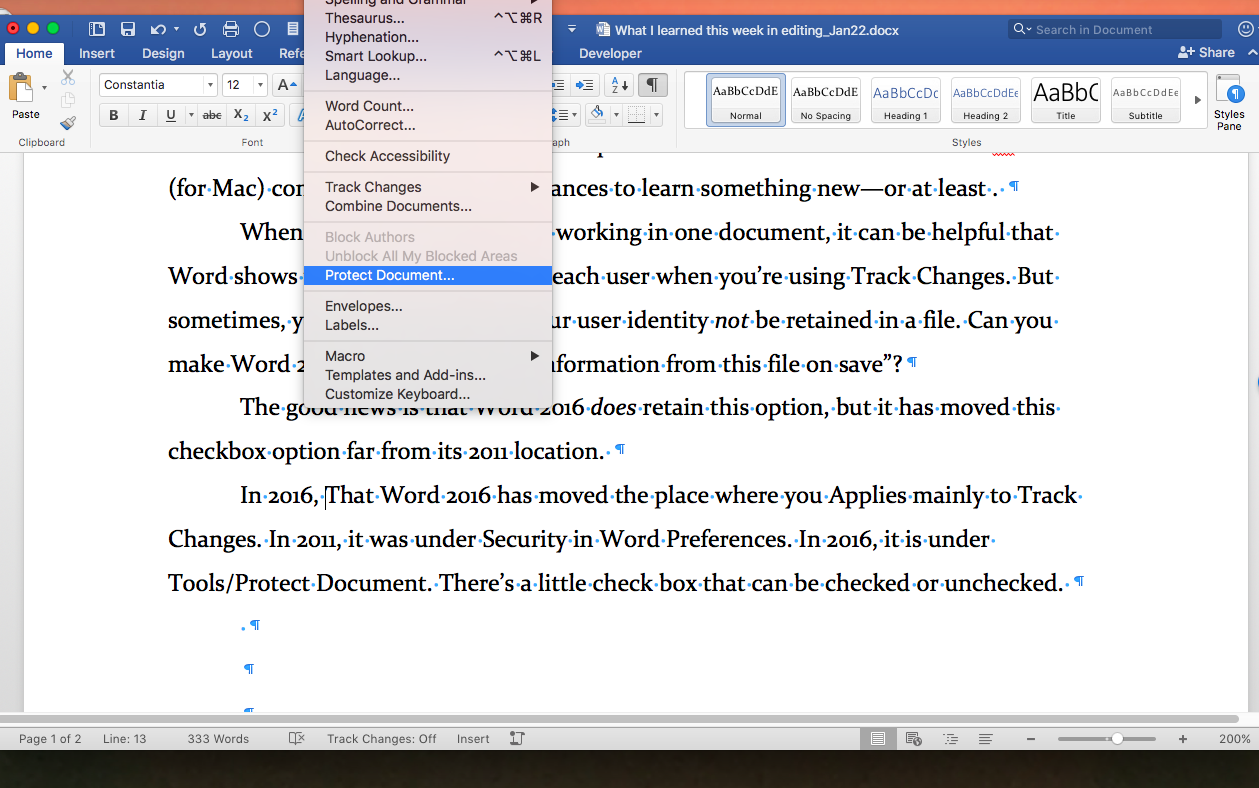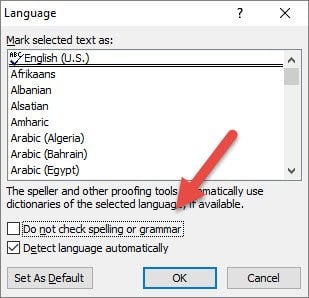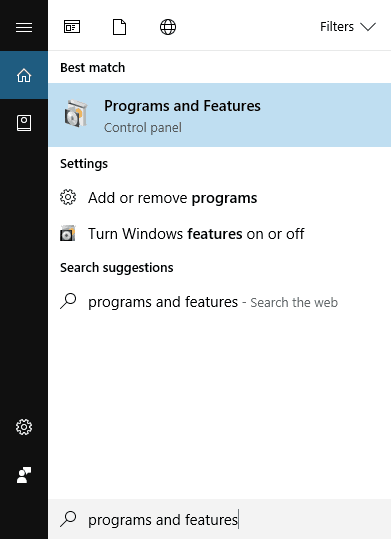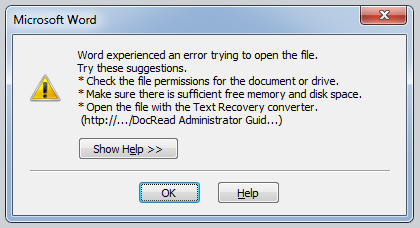
HKEY_CURRENT_USER\Software\Microsoft\Office\12.0\Word\Data HKEY_CURRENT_USER\Software\Microsoft\Office\14.0\Word\Data HKEY_CURRENT_USER\Software\Microsoft\Office\15.0\Word\Data


HKEY_CURRENT_USER\Software\Microsoft\Office\16.0\Word\Data Locate the following registry subkey, as appropriate for the version of Word that you are using.Type regedit in the Search box (in Windows 10, Windows 8.1, or Windows 8) or in the Start Search box on the Start menu (in earlier versions of Windows), and then press Enter.In the Run dialog box, type winword /a, and then press Enter.Type Run in the Search box (in Windows 10, Windows 8.1, or Windows 8) or in the Start Search box on the Start menu (in earlier versions of Windows), and then press Enter.Select the file that you want to open and insert, and then select Insert.On the Insert tab, select Object in the Text group, and then select Text from File.On the File menu, select New, and then select Blank Document.Before you modify it, back up the registry for restoration in case problems occur. Serious problems might occur if you modify the registry incorrectly. If you actually have Office (locally installed) rather than the subscription version provided through Office 365, then you can't get Office through your Microsoft Account.Follow the steps in this section carefully. Then reinstall Office by logging into with your registered email address and click Install Office.īEFORE REMOVING THE OFFICE INSTALLATION, MAKE SURE THAT YOU ARE ABLE TO LOG INTO YOUR ACCOUNT AND THAT OFFICE IS ASSOCIATED WITH IT! Saving it to your computer and then running it. If that does not help, then you might remove all traces of the Office installation by downloading the fixit from the following article:


See the Article “Why do I get a "stopped working message when I start my Office application at:


 0 kommentar(er)
0 kommentar(er)
